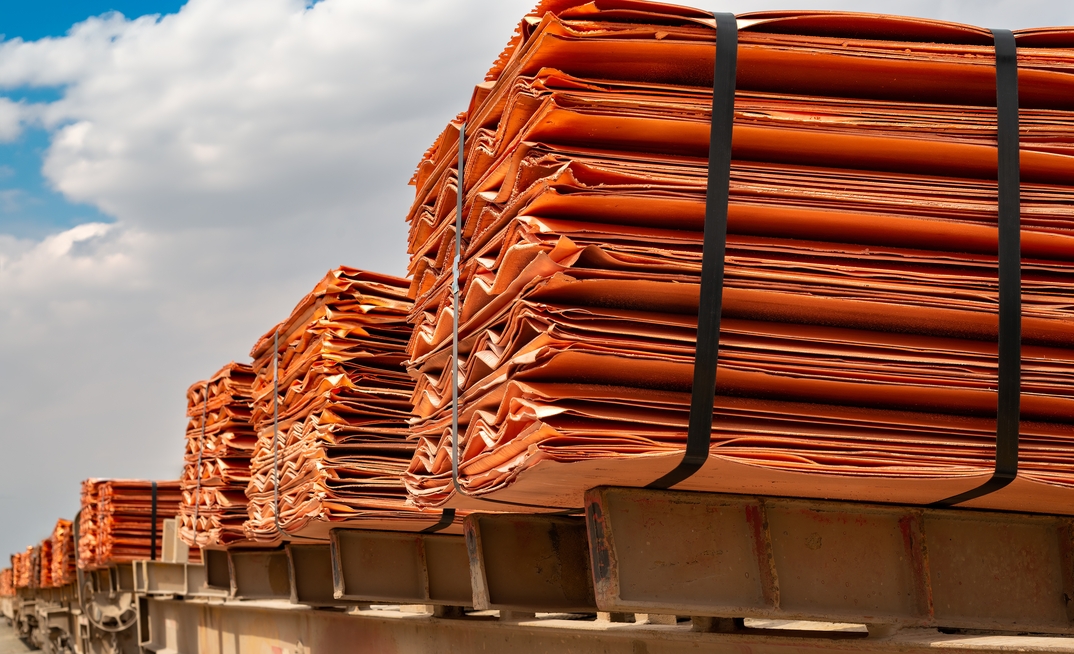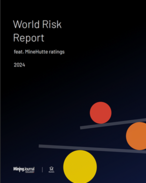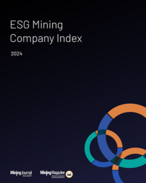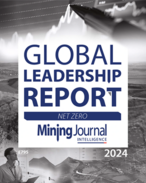Copper could hit $12,000/t this year, the FT Commodities Global Summit in Lausanne heard, as the US continues to import metals ahead of expected tariffs.
"Trump's tariff policy is not accidentally focused on metals," Mercuria's Kostas Bintas told the conference, underlining the critical importance of copper.
Trump's tariffs have opened up a massive premium for US copper, at around $1,400/t compared to prices in Europe and China.
As a result, huge volumes of copper are flowing into the US, and away from other markets, opening up a deficit.
YOU MIGHT ALSO LIKE
Bintas said that he was expecting copper to rise in the short term worldwide, to betweenUS$12-13,000/t.
Grid rebuilding
"US$12,000 is possible," agreed Aline Carnizelo, managing partner at Frontier Commodities.
But Carnizelo pointed out that data centres and new energy were only the "cherry on top" and "plain old grid replacement" was the real driver of copper demand.
"The biggest demand driver for copper is substitution of old grids in the west," Carnizelo said,
Electricity grids in Western countries are older, and need metal to replace transmission more urgently than elsewhere," Carnizelo said.
"The grid in china is much newer, and less copper and aluminium intensive."
Carnizelo also pointed to the possibility of increased entrance into the commodity space for other financial sectors looking for commodity hedging.
Fragmentation
The Trump tariffs were also key for David Greely, chief economics at Abaxx Technologies, along with sanctions on Russia and green premiums.
"You have to take into account that you have these vast changes in policies," Greely said, seeing "much more fragmentation."
Depending on location and origin, metal prices could be increasingly divergent Greely said.
"When we're looking at commodities, a pound of copper is just a pound of copper anymore."
Manufacturing capacity
Graeme Train, head of metals and minerals at Trafigura, noted that US copper consumption was higher than trade figures showed, given coppers inclusion in manufactured good.
Trumps whole onshoring policy was supportive for US copper demand, not just as an input but in order to add manufacturing capacity.
"Building out that value chain then becomes a major driver of consumption."
"You've already seen machinery become a big driver in China... the machinery consumption of copper is now bigger than construction."
On copper prices, Train said he could see "the bull case in the short term".
But he saw the market more balanced in the longer term.
"Copper needs to stay in an elevated range," Train said. "It can meet a supply gap, as long as it stays elevated."


























